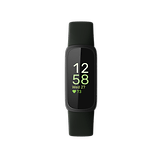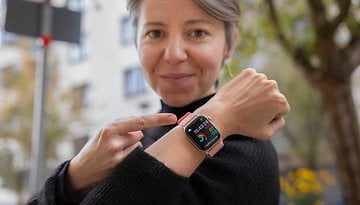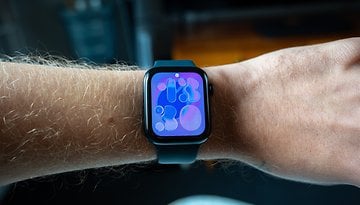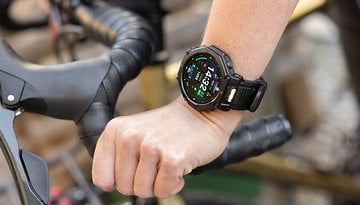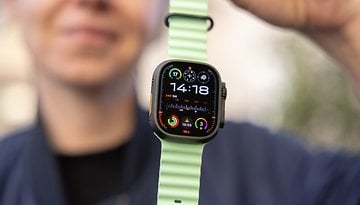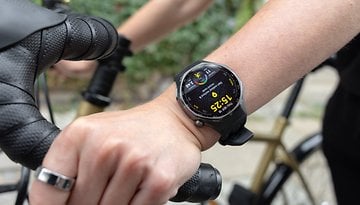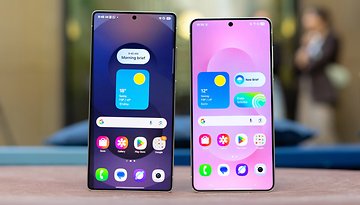Fitbit Inspire 3 review: Aching belly instead of a six pack
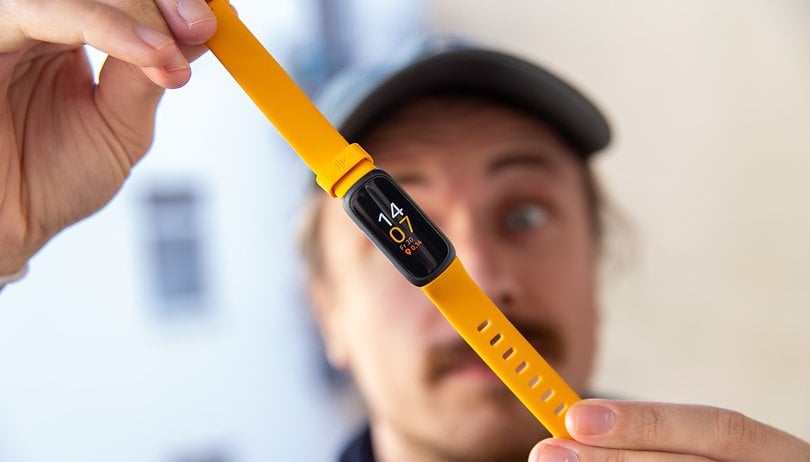

If you are looking for a lightweight fitness tracker that packs plenty of features and have a long battery life, then you will love Fitbit's Inspire series! The latest model is touted to be able to last for up to ten days when worn and used, where it can also measure your pulse rate and blood oxygen level, in addition to sleep, mindfulness, and daily form—all that for less than $100. However, the NextPit review also reveals how the Inspire 3 suffers particularly from Fitbit's fatal flaw.
Good
- Nice, compact, and light
- Pretty OLED display with AoD
- Solid battery life
- Good feature set
Bad
- No GPS, no NFC, no Quick Charging, no music control
- Full feature set is available only with a premium subscription
- Operation via squeezing is awkward
- Relatively expensive even without a subscription
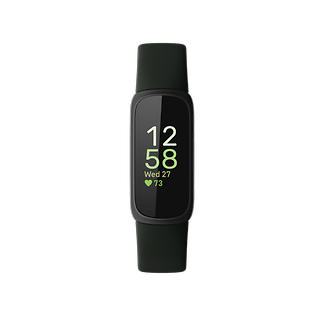
The Fitbit Inspire 3 in a nutshell
As pretty as the hardware of the Inspire 3 is, the results of my review are disappointing. The premium subscription not only gradually pushes the already high costs of the Fitbit Inspire 3 to astronomical heights, it also offers other types of disadvantages compared to the competition such as a relatively short battery life without quick charging capability and rather awkward handling. Features that many of us would have taken for granted these days like GPS, NFC, and music control are also missing.
If you can accept the limited range of functions without Fitbit Premium, you will have to pay $99.95 for the Fitbit Inspire 3. If you want to enjoy all that the wearable has to offer, you'll have to pay $9.99 a month ($119.88 for an annual subscription) or $79.99 annually after the initial trial period is over. To rub salt into the wound, Fitbit's free trial period for Fitbit Premium is now just 90 days.
Design & Display
With a light weight of just 20 grams and a thickness of 11.75 millimeters, the Fitbit Inspire 3 is a compact fitness tracker. This ensures that you will quickly forget it is there when focused on your sporting activity and in everyday life. The device is operated via a squeezing gesture and the display. The manufacturer upgraded the screen to a color OLED display, which finally enables the Always-on function.
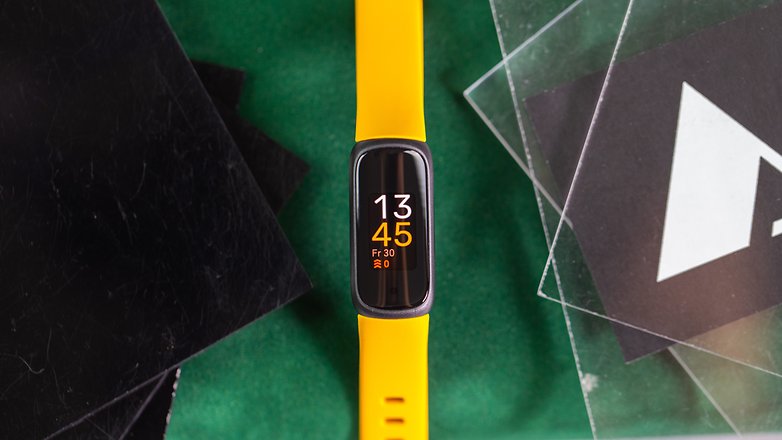
What Iiked:
- Small and lightweight
- Fitbit included a larger wristband in the box.
- Great Always-on Display with pretty watchfaces.
What I disliked:
- Squeeze gesture requires two fingers which can be a bit awkward.
If you're comparing this with the previous model, the Fitbit Inspire 2, you won't have to get used to a new form factor. The Fitbit Inspire 3 is inconspicuously small and quickly fades into the background with a weight of 20 grams. With a thickness of 11.75 millimeters, the Inspire 3 is not ultra-thin but it does not get in the way in everyday life or during sports, either.
In both situations, Fitbit's squeeze operation is rather impractical. You will have to touch both sides of the fitness tracker to activate the display or return to the main screen. This does not work via a sensor that detects the squeezing motion as in the Google Pixel 3, but via capacitive surfaces.
The advantage of this is you can use this function while wearing gloves or with wet hands. At the same time, it is annoying to always having to use both fingers to operate the Inspire 3.
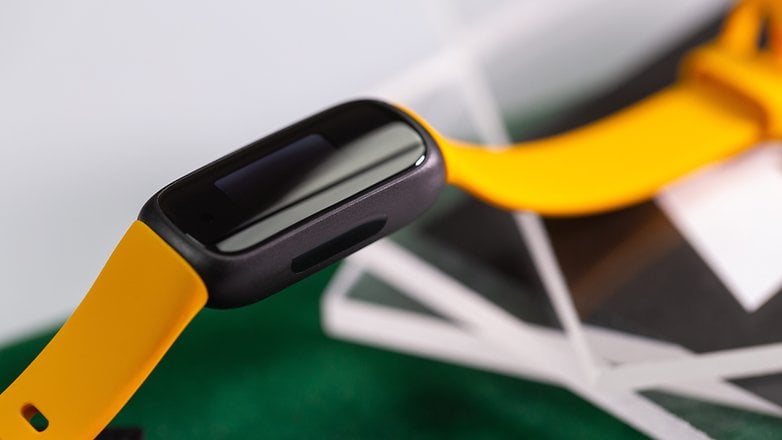
Thus, the gesture control which requires you to turn your wrist, becomes your best friend with the Inspire 3. In addition, Fitbit integrated an Always-on Display, which allows you to tell the time at your convenience. However, the AoD is very dark and is hardly legible under bright sunlight.
Another drawback of the actually very good display: The display is very narrow, and you will rarely find any text that completely fits on the screen in the menus. After about half a second, the text in the center of the display moves to the left and you can read everything. However, this happens very slowly and makes using the fitness tracker much more difficult than it should be.
App & Fitbit Premium
You can conveniently view vital and analysis data on your smartphone in the clearly arranged Fitbit app. As usual with Fitbit's latest wearables, however, there is a hefty paywall to prevent you from doing so. Ladies and gentlemen, allow me to introduce Fitbit Premium!
What I liked:
- Pretty companion app.
- Lots of motivating gamification elements.
What I disliked:
- Full feature set is available only with a subscription.
- Free trial period is only 90 days.
- Few control options via the Fitbit app.
With the introduction of the almost $400 Google Pixel Watch, Fitbit heightened the absurdity of its premium subscription to a whole new level. What is unforgivable for a premium smartwatch also leaves a similar, bland taste for a fitness tracker that costs $100. The following table illustrates just how many features you will have to miss out on when using the device for free.
Fitbit Premium functions compared
| Function | Fitbit App | Fitbit Premium |
|---|---|---|
| Day shape index | ➖ | ✔️ |
| Blood glucose monitoring (with external meter) | ➖ | ✔️ |
| Premium competitions | ➖ | ✔️ |
| Stress management index breakdown | ➖ | ✔️ |
| Health and fitness statistics | ✔️ | ✔️ |
| 90-day trends of health values | ➖ | ✔️ |
| Basic analyses | ✔️ | ✔️ |
| Health Report | ➖ | ✔️ |
| Workouts | ➖ | ✔️ |
| Mindfulness | ➖ | ✔️ |
| Breakdown of the sleep index | ➖ | ✔️ |
| Source: Fitbit.com | ||
Apart from that, though, the Fitbit app is really great. The menus are well thought out, and there are nice gamification elements in all places like badges or the brand-new "sleep animals" in the premium-exclusive sleep analysis. These represent your sleeping habits and playfully point out positive and negative aspects of your sleep health. At the same time, however, the cute animals somewhat downplay the threat of permanent sleep deprivation as well as other health aspects.
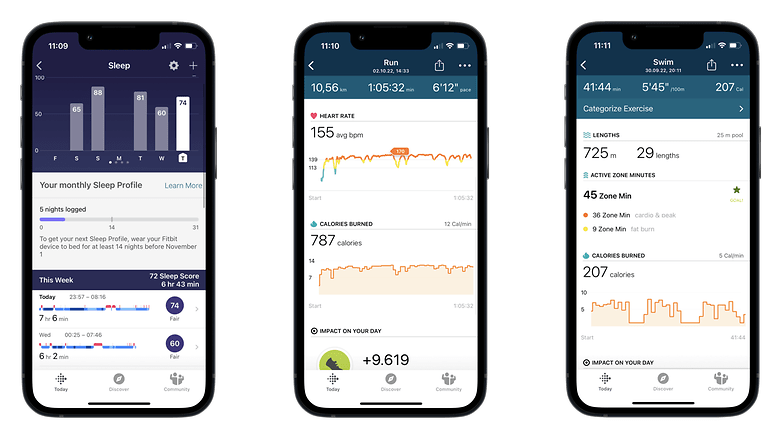
What bothers me about the Fitbit App's functionality is how you can perform very few settings for the Inspire 3 in the app. Huawei, for example, does this in a far better manner as you can adjust almost all settings in their trackers in the app. With Fitbit, you will have to make your preferences with the aforementioned slow-scrolling fonts.
Another minor drawback: Fitbit constantly sends e-mails to your e-mail address ex-works to inform you about the battery status or the latest badges. However, you have the option to turn this off.
Tracking & Features
The Fitbit Inspire 3 is equipped with a heart rate monitor, a pulse oximeter, a sensor for temperature differences, and numerous motion sensors. This results in a decent feature set for 2022, but GPS and NFC are missing in a device that costs close to $100. Additions like the smart alarm clock, breathing as well as mindfulness exercises and cycle-tracking make up the rest of the device.
What I liked:
- Reliable 24-hour vital data recording.
- Cool sleep zone alarm clock.
What I disliked:
- No dedicated GPS module.
- No NFC for mobile payments.
- No music control.
- No response options for notifications.
When used with the Premium subscription, the Fitbit 3 offers a surprisingly holistic approach to living a healthy daily life. This allows you to track up to 21 different activities, support your recovery periods with relaxation and mindfulness exercises, enter measurements for your blood sugar in the app, log your water intake, and record your sleep at the end of the day. That's powerful and shows that the Inspire 3 can be conducive to living out a daily, healthy routine.
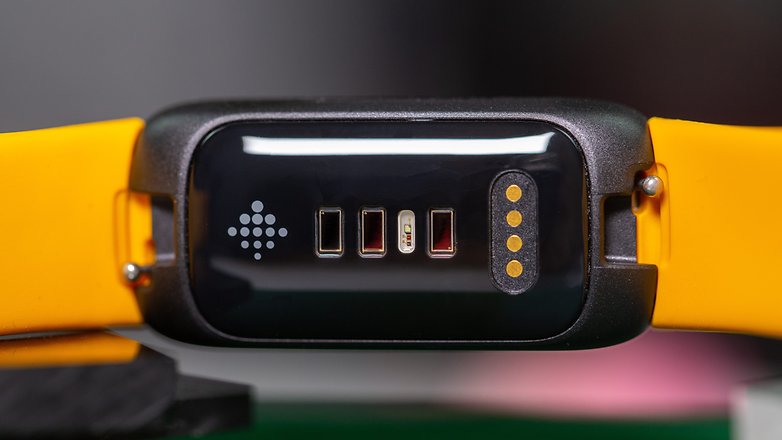
For my review, I was able to see how many lanes I swam after a visit to the neighborhood pool. To do this, the Inspire 3 is protected against depths of up to 5 ATM. Another practical feature is how this fitness tracker activates a water protection mode that prevents accidental inputs when swimming. When jogging, the heart rate zone display helps to check whether you are currently running too fast or slow for your desired training goal. On an already relaxing Sunday, the premium-exclusive mindfulness exercises help make that Ben a little more Zen.
As for its disadvantages, we have to note that a $100 fitness tracker lacks both a GPS module and NFC for mobile payments. The former would bring more independence from the smartphone if you like to combine cycling and jogging with digital detoxing. However, measuring lanes in the pool works separately from the smartphone, since the tracker obviously works based on one's movement patterns here.
You will also have to choose a different model to pay at the supermarket checkout with your wrist. It is also curious that Fitbit can measure fluctuations in skin temperature for menstrual cycle tracking, for instance. However, according to the specifications, the Inspire 3 explicitly does not offer a skin temperature sensor. This means that you will not find the exact values anywhere in the Fitbit app.
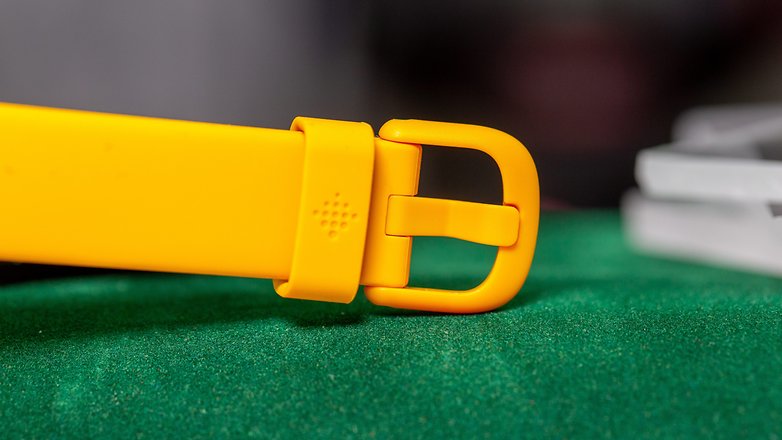
Typical for fitness trackers, the smart features are rather meager. What I found to be very pleasing is the integration of a sleep zone alarm, which wakes you up intelligently in the optimal sleep zone. Another aspect of this timepiece that is cool: You can let your smartphone ring via your wrist. What's not so cool? You cannot reply to notifications even via a short reply, and you still have to control your music via your handset. Other fitness trackers offer far more in this department.
Fitbit Inspire 3 battery
Fitbit stated that the Inspire 3's battery life is up to ten days, but it is subject to fluctuations depending on one's usage pattern. When using all of its features, the runtime was roughly halved in our review. The wearable is charged exclusively via a charging clip, which is similar to its predecessor.
What I liked:
- Battery life is sufficient for seamless tracking.
- Same charging cable as its predecessor.
What I disliked:
- No fast charging supported.
- No wireless charging supported.
- Charging cable works via USB-A.
Armed with a ten-day battery life, the Inspire 3 is already a tad less impressive compared to the specifications found in its Xiaomi and Huawei rivals. However, this is not a problem if you want to seamlessly record vital data for everyday use. In my everyday use, however, the runtime was only about five days with 24-hour tracking and Always-on Display enabled. Fitbit's specifications obviously refer to a usage scenario without AoD and without permanent pairing to the smartphone including incoming notifications.
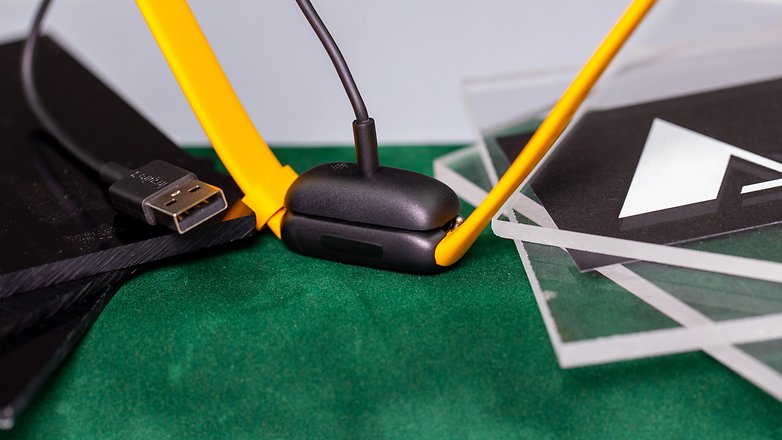
Fully charging the tracker then takes about an hour, where it is unfortunate how the fast charging function is missing here. The latter would be especially handy when your fitness tracker runs out of juice before a planned workout. Fast charging is definitely expected in such an expensive fitness tracker in 2022. Fitbit drops more points here.
Final verdict
The Fitbit Inspire 3 expanded its feature set compared to its predecessor in a rather superficial manner. You get a more modern device with a nice color OLED display and pulse oximeter. However, the Inspire 3's feature set is not convincing enough compared to some of its cheaper rivals. For example, it lacks GPS, NFC for mobile payments, music control, and fast charging, and the battery life dropped to only about five days with all features enabled.

To make matters worse, there's the premium subscription which gradually drives the cost of the fitness tracker to an absurd level. Artificially limiting the range of functions of a product deserves to be criticized in 2022. Fitbit is especially cheeky by offering just a 90-day free trial period.
Despite the really nice hardware, I cannot recommend anyone buying the Inspire 3. With other models, you receive a more comprehensive feature set and do not have to fork out an absurd $239.76 after two years thanks to the Premium subscription (based on a monthly subscription). You could almost buy the new Google Watch for that much money... but wait a minute!
Are you looking for current alternatives to the Fitbit Inspire 3? You can find them in our list of the best fitness trackers.
